- Deffy
Blog
07:10, 13.05.2025

On May 13, Valve published a blog post detailing the creation of the “Nest of Thorns” mode — a large-scale final battle that concludes Act IV of the Crownfall event. The developers shared internal decisions, experiments, and the process that turned a concept into a full-fledged mini-game with high replayability. The post was published on the official Dota 2 website.
Getting to Imperia
The first mini-game in Act I — a small fishing segment with Tidehunter — was one of many minor experiments scattered across the map. Player activity analysis gave the team the confidence to pursue more ambitious mechanics in Acts II and III: the fighting game Sleet Fighter, the logic game Dragon Chess, and the shooter Zaug’s Lair.
By the time Act IV was in development, the team had a clearer understanding of which formats worked. The analysis included both quantitative metrics (such as replay frequency) and feedback from social media. This enabled them to create a large-scale final battle against the villain Imperia — a short, intense mode with high replayability, designed to be played while waiting for matches.

Hatching a Plan
The team briefly considered a turn-based JRPG format but quickly dropped the idea. They needed something immediately engaging — a dynamic, captivating experience suitable for Dota’s session-based structure.
The answer came in the form of the “survivors” genre — where players fend off endless waves of enemies, upgrade their abilities, and prepare for a final showdown. This format paired well with familiar Dota items and abilities and allowed for variety, as each session played out differently. It encouraged players to try again even after failing on the first attempt.


Early Prototypes
The initial prototypes of Nest of Thorns included the core elements of the final version: hero selection, enemy waves, and Imperia at the end. But it wasn’t fun yet. The maps felt empty, and enemies were either too weak or impossible to beat. The team ran numerous internal tests at Valve, tracking when players felt bored, confused, or overwhelmed.
The breakthrough came when a tester asked to play again after a failed attempt. This was the first sign: even in a rough state, the game sparked interest.
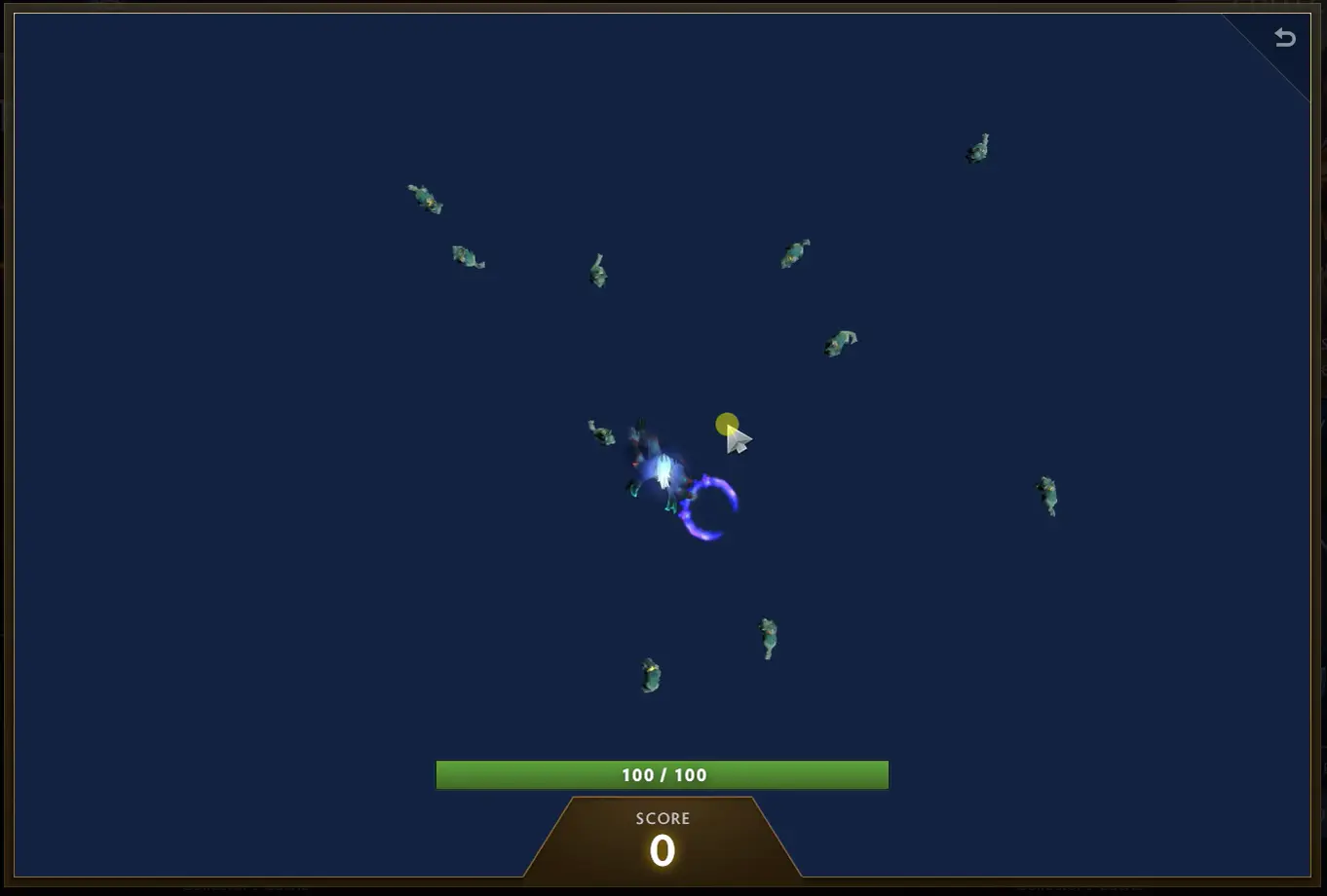
Hero Builds
Initially, players fought waves of skeletons — and it got boring fast. A small tweak changed everything: waves started appearing on a timer, regardless of how many enemies had been killed. This added constant pressure and shifted the player’s goal — now it was about killing faster to gain upgrades, not just clearing a wave.
A sense of rhythm also emerged: for example, complaints about “spiders at the four-minute mark” resonated with other testers. This allowed deeper exploration of hero differences and build diversity, sparking discussions among Valve staff.
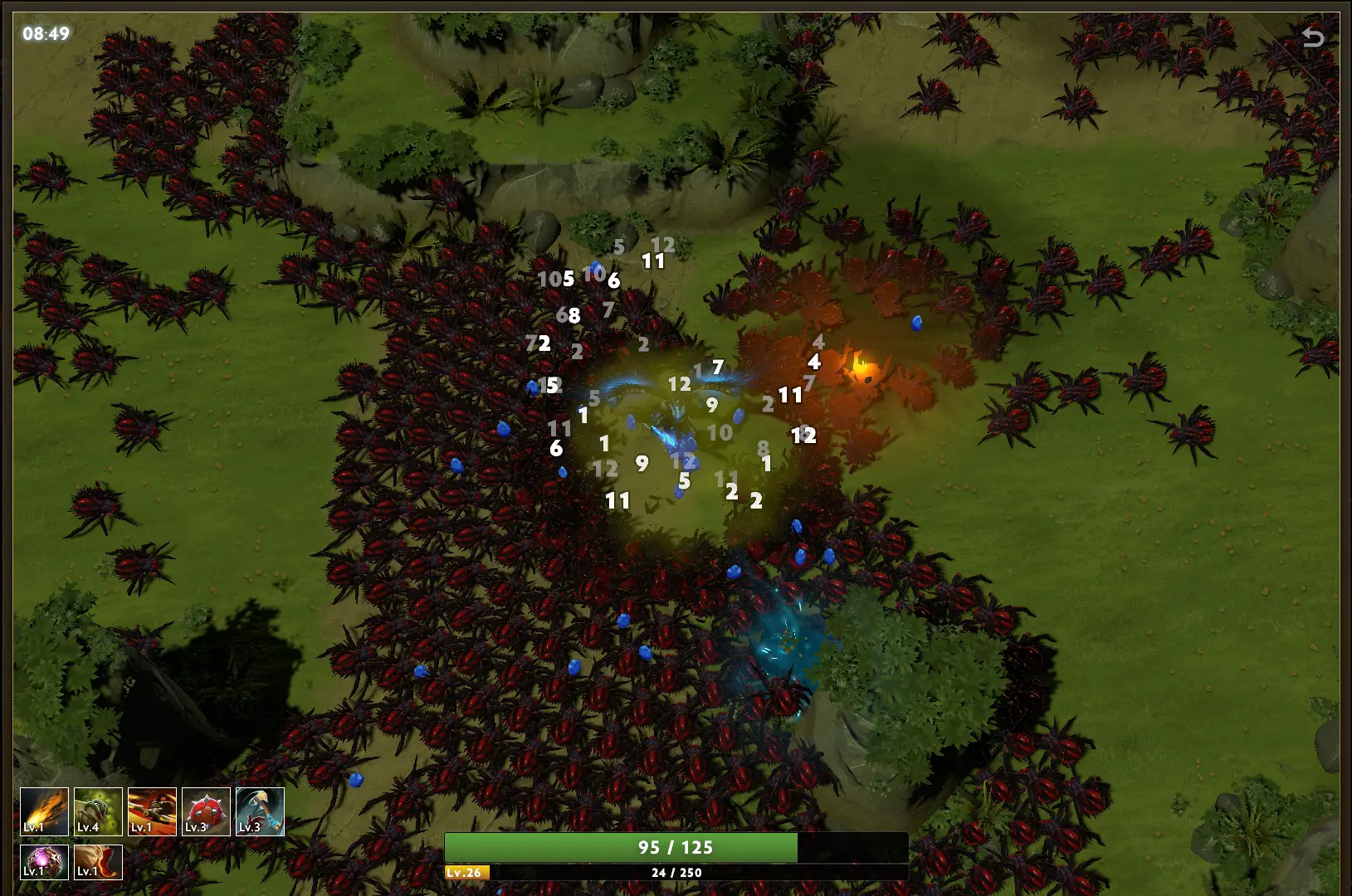
The First Six Minutes
The team focused on balancing the first six minutes of gameplay — tuning upgrade frequency, ability power, and threat levels. Even though the second half of the game was still mostly empty, players kept trying to complete it, sometimes ignoring developer warnings.
Some even beat the “unbeatable” section using broken ability combos — which revealed a lot about both the design and the game designer community itself.
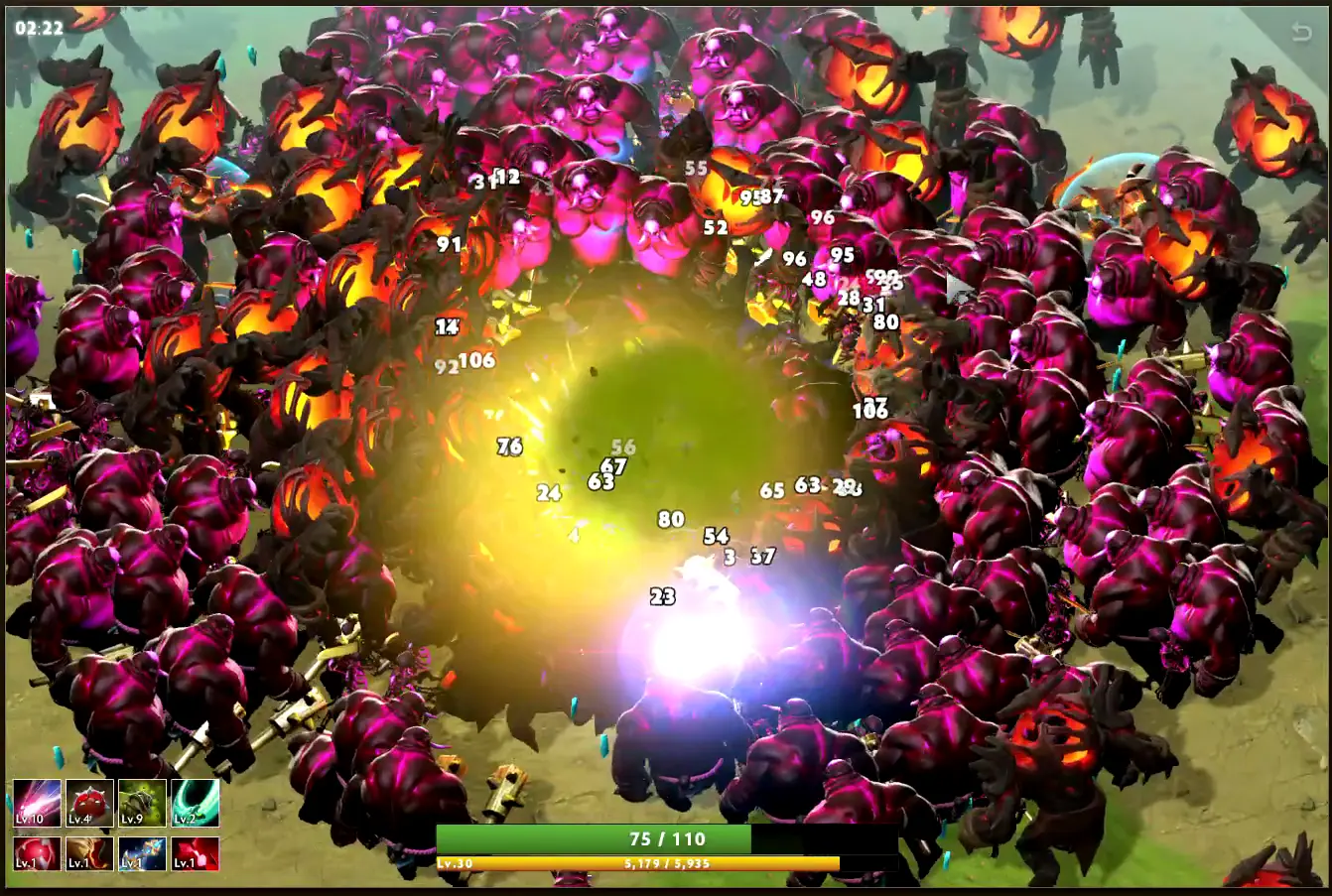

Controlled Chaos
By the final phase, the mode was mostly complete — only polish, balance, and fine-tuning remained. The team continued testing but stopped conducting in-depth interviews — they simply observed how people played and analyzed the data.
One memorable moment: a player died to a boss named Wailing Mass (nicknamed “Meatball” internally at Valve), and the audience burst out laughing. The player immediately clicked “play again.”
There was a growing sense of confidence: people wanted to come back. Internal testers would leave late-night messages complaining about the difficulty — only to later report that they had finally beaten it.
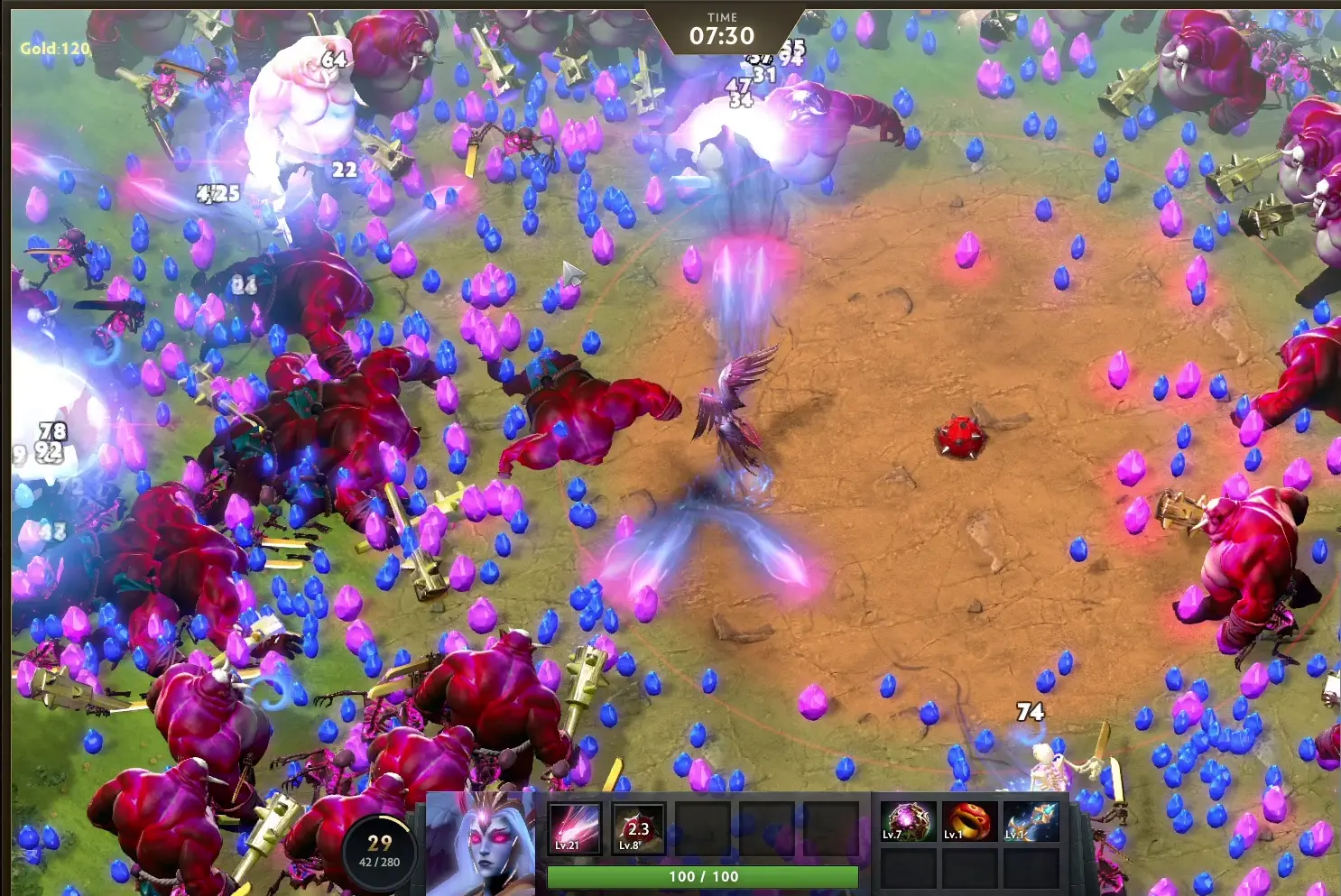
Leaving the Nest
As Nest of Thorns neared completion, the developers eagerly awaited players reaching the final battle. Since the mode only unlocked at the end of Act IV, they expected it would take at least a day.
But it happened much sooner: just 16 hours after launch, the first players reached Imperia. Today, the mode has been played nearly 100 million times. It remains available in the Dota 2 client in the Crownfall archive.
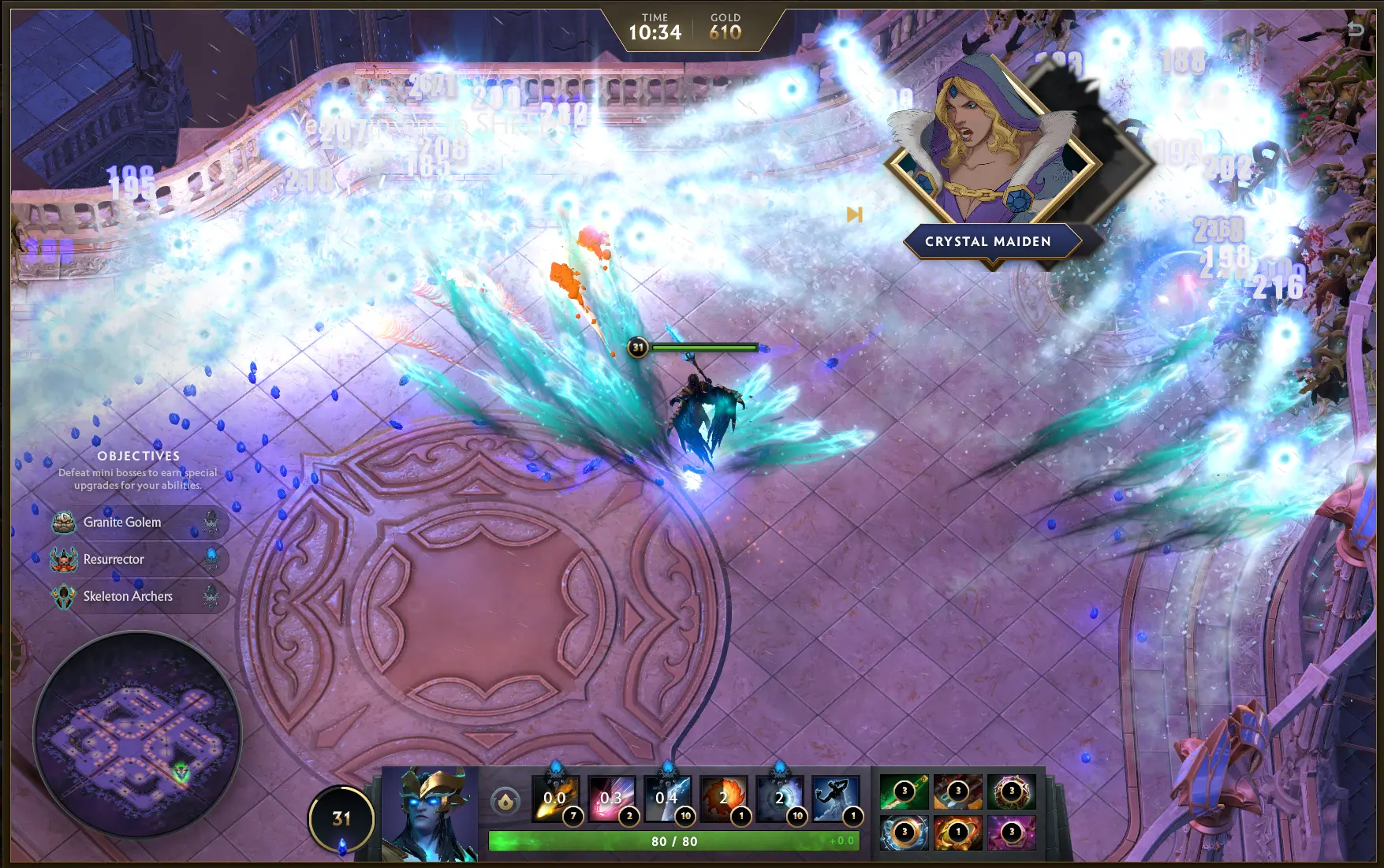
Embracing Uncertainty
Valve hopes this story gives players insight into how games are truly made. Development isn’t magic — it’s endless iteration, mistakes, data, and testing. From a rough concept to a compelling game, the path is filled with failures and constant refinement.
Valve’s approach is to embrace uncertainty and trust the data. This might lead to delays, but the end result is something the team is proud of.
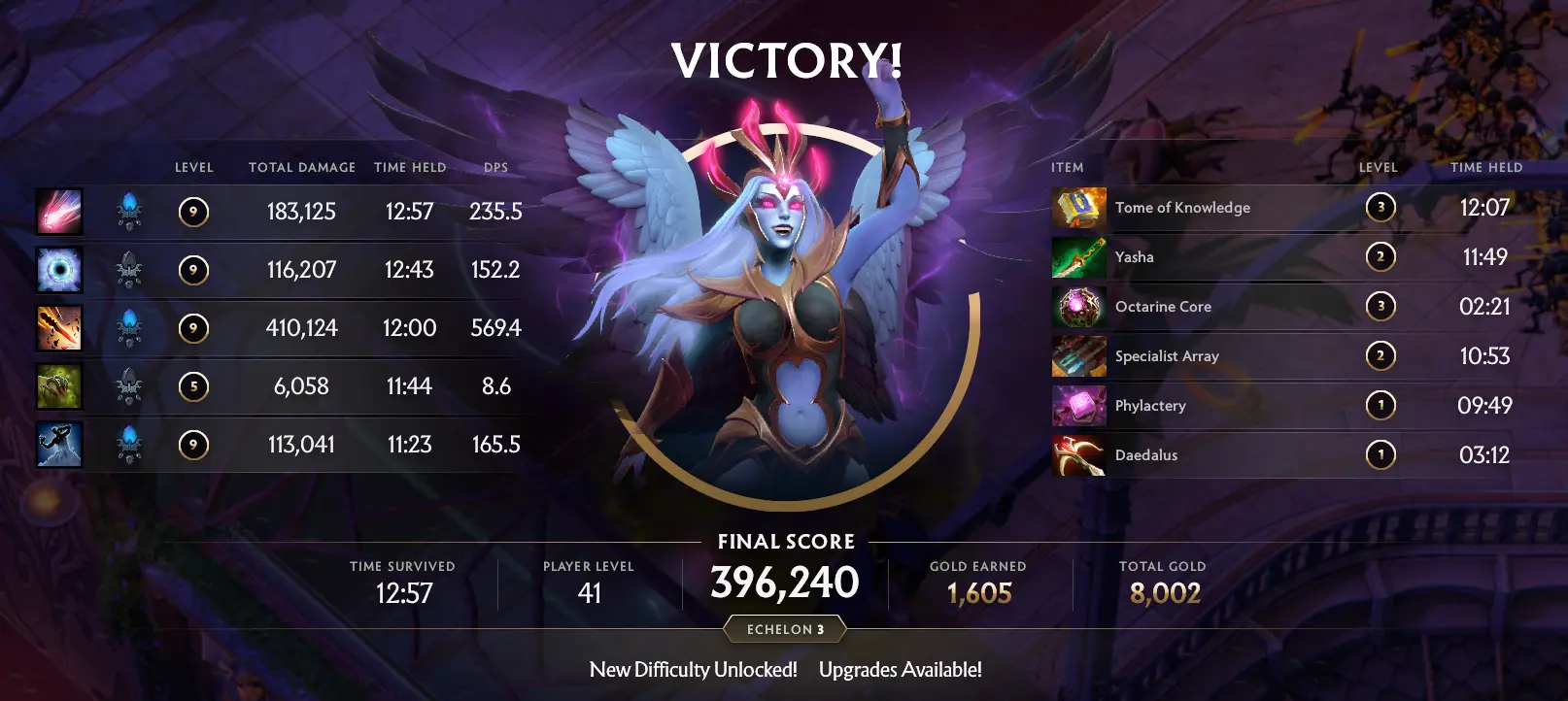
Source
www.dota2.comUpcoming Top Matches
Latest top news



![[Exclusive] NAVI.Niku on Riyadh Masters Prep: “We scrimmed with Falcons and Tundra. Lost everything (laughs)”](https://image-proxy.bo3.gg/uploads/news/221318/title_image_square/webp-d74f84e614cf8e306a5901f6c4db0abb.webp.webp?w=60&h=60)



Comments